Tastes change, and so do the items we once thought meant “you’ve made it.” From design fads to tech trends, many household objects that were once signs of success are now considered outdated—or worse, tacky. What was once admired can quickly become a punchline when styles evolve. Here are 15 household items that used to scream luxury, but now just look cheap.
1. Glass Block Walls
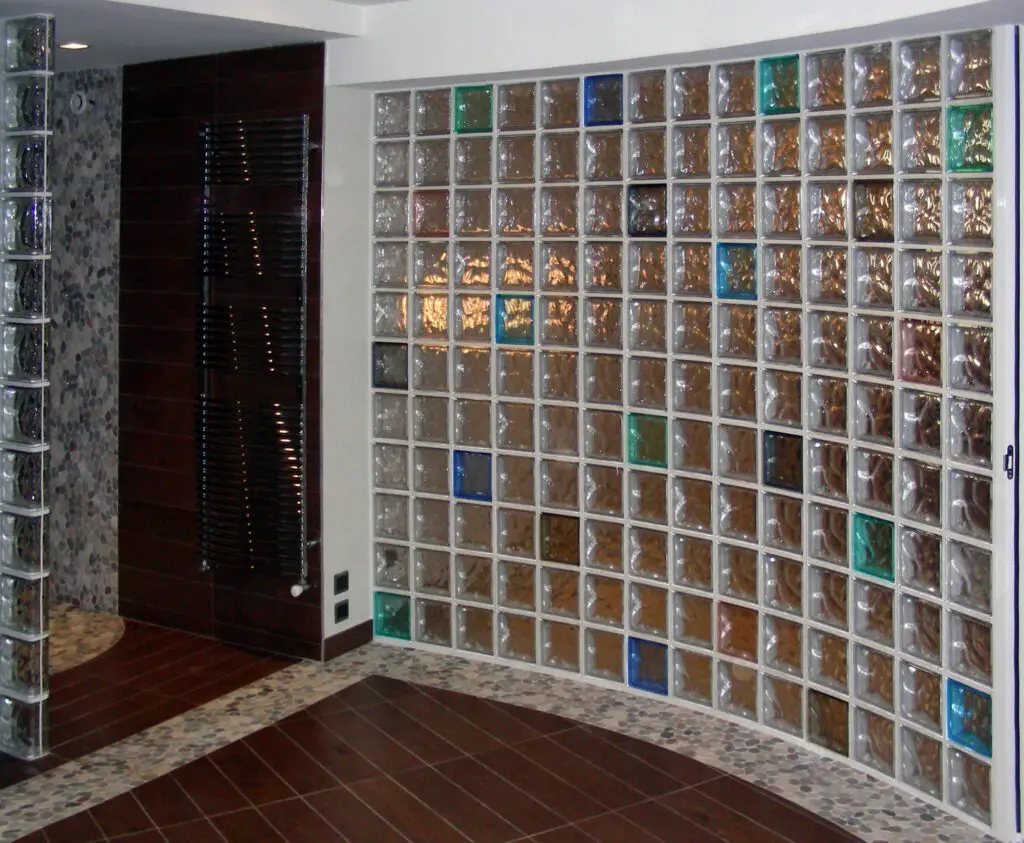
Glass block walls were a bold design move in the 1980s and 1990s, signaling custom construction and cutting-edge taste. Today, they’re more likely to be associated with dated bathrooms or retro basements. According to Architectural Digest, designers now favor open layouts or cleaner lines, leaving these heavy glass grids in the dust. What once felt glamorous now feels bulky and tired.
They also pose limitations when it comes to lighting and wall décor. Removing them is expensive, but keeping them in place drags a home’s aesthetic backward. Once a luxury add-on, glass block now feels like a relic of another era. Most homeowners opt to remove or hide them during renovations.
2. Faux Granite Countertops
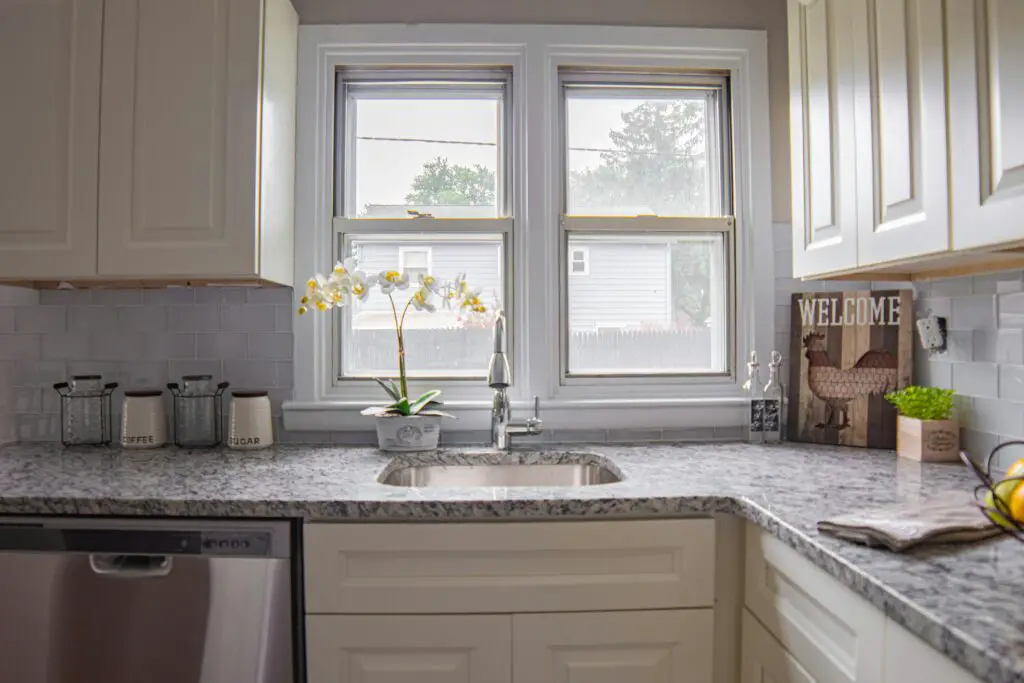
For a time, faux granite was the go-to for those who wanted the upscale look of natural stone without the cost. The trend spread quickly thanks to DIY kits and affordable laminate designs. But according to House Beautiful, this shortcut now stands out as obviously artificial. In high-end homes, it actually detracts from perceived value.
The shiny, plastic-like finish wears poorly over time. As buyers become savvier, these surfaces fail to impress. In contrast, real stone or butcher block remains timeless. Faux finishes are now a red flag, not a status marker.
3. Whirlpool Tubs with Jets

A jetted tub used to be the ultimate bathroom flex—if you had one, it meant you lived in luxury. But today, many homeowners find them loud, hard to clean, and rarely used. As noted by Realtor.com, modern buyers actually prefer deep soaking tubs or large walk-in showers. The bulky shape and outdated hardware give bathrooms an old-school vibe.
The jets themselves can collect mildew and require regular maintenance. Many are surprised by how little they actually use these tubs once installed. New trends favor spa-like simplicity over mechanical complexity. Now, whirlpools are more likely to be ripped out than celebrated.
4. Oversized Entertainment Centers
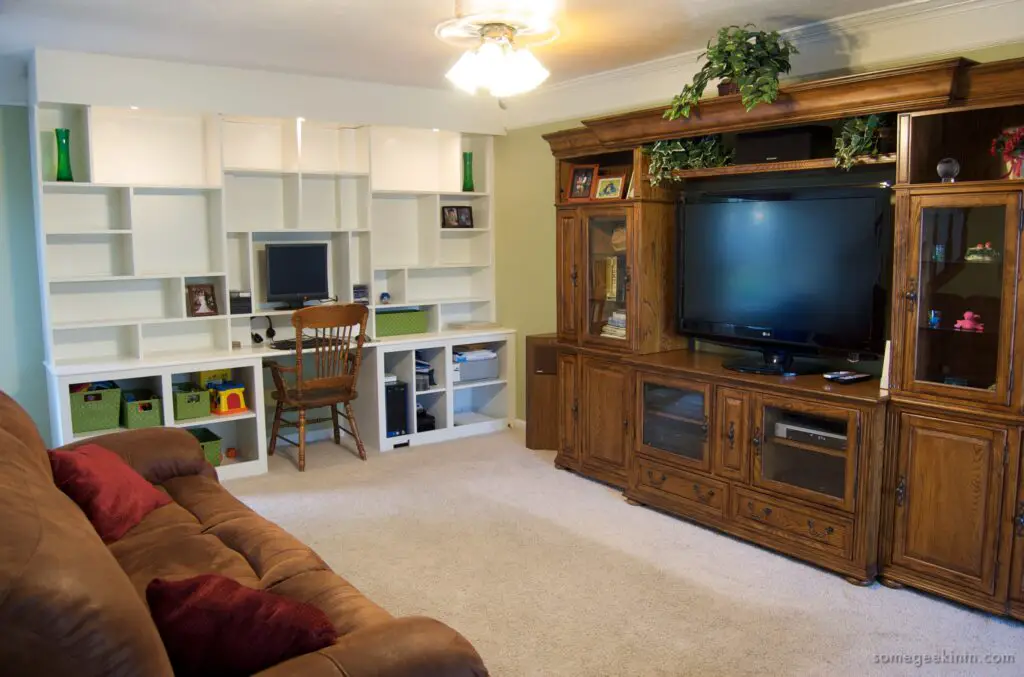
In the early 2000s, a towering entertainment unit made of dark wood was a sure sign of a “grown-up” living room. These massive pieces were built to house bulky TVs, stereo systems, and DVD collections. But The Spruce notes that modern design emphasizes minimalism and wall-mounted screens. Today’s streamlined media setups make these furniture behemoths look dated and clunky.
They also dominate space in a way that feels intrusive rather than impressive. As screens slimmed down, so did the furniture around them. Entertainment centers now feel more like space hogs than design centerpieces. Most are being donated or dismantled during home makeovers.
5. Plastic Slipcovers

Plastic slipcovers were once seen as practical protection for expensive furniture. They signaled that a household owned something valuable enough to be preserved. But now, they’re often associated with discomfort and outdated sensibilities. No one wants to sit on furniture that feels like a rain poncho.
Modern homes favor lived-in luxury over pristine, untouchable seating. Materials are made to be both beautiful and durable. Plastic covers give off an overprotective, old-fashioned vibe. They suggest fear of mess rather than enjoyment of comfort.
6. Gold Bathroom Fixtures
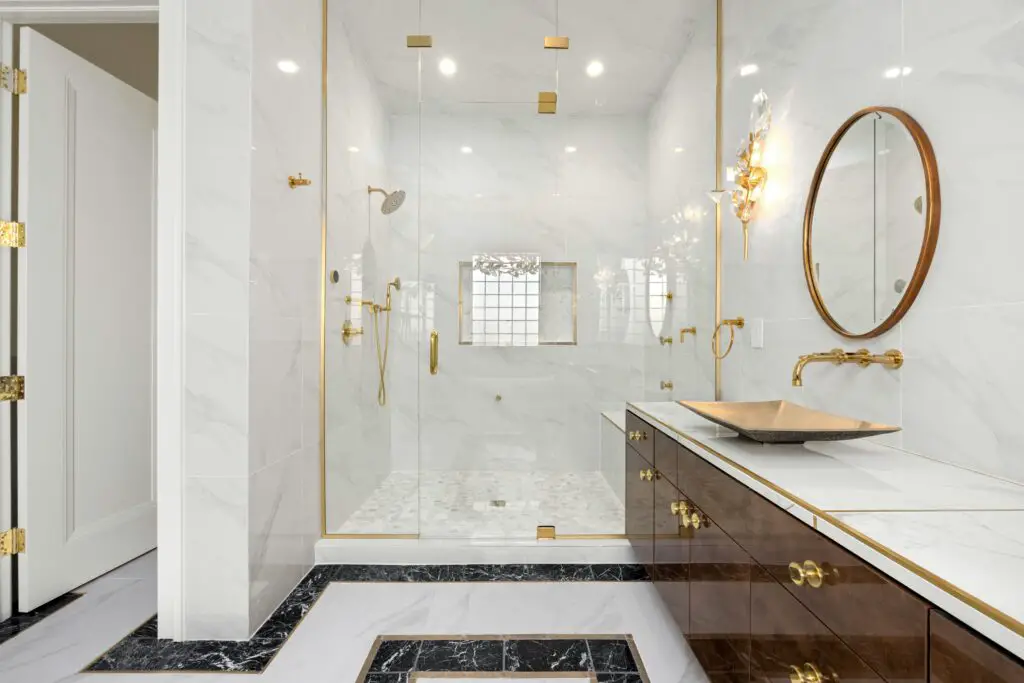
Shiny gold faucets and towel bars once screamed opulence. But today, the high-gloss finish often reads more brassy than classy. Design trends have shifted toward brushed metals, matte black, and warm nickel. Gold’s 1980s comeback has long since faded.
Unless updated with a modern matte finish, gold hardware looks garish. It doesn’t blend well with contemporary palettes or finishes. Most homeowners now choose understated elegance over loud shine. Gold is now more faux pas than flair.
7. Curio Cabinets
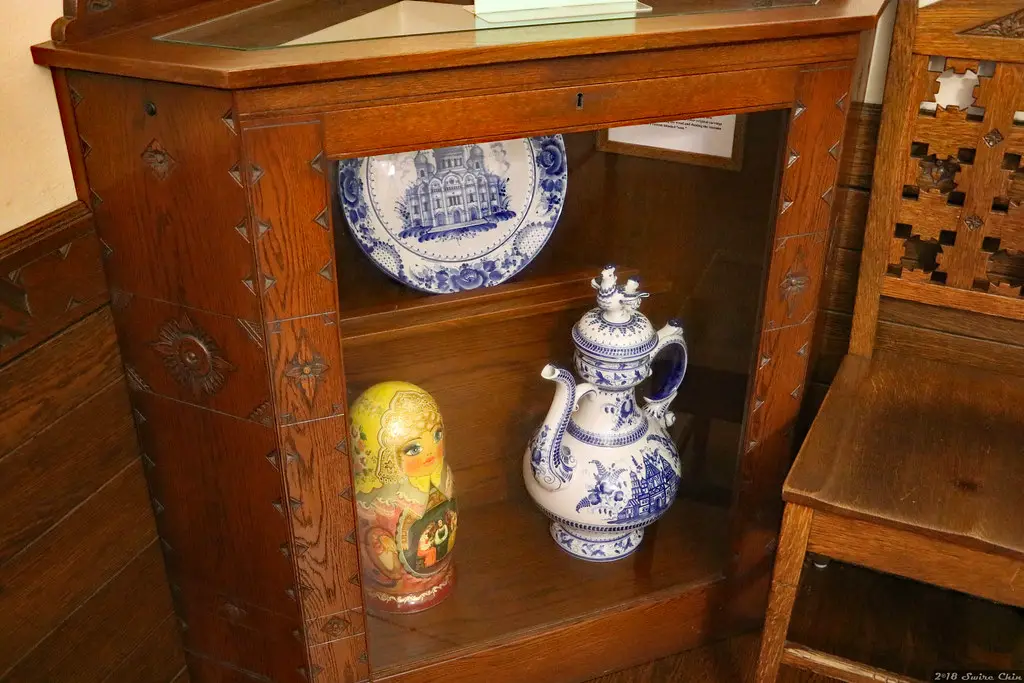
Displaying a collection of figurines or porcelain in a glass curio was once a sign of sophistication. Now, it feels more like clutter in a box. The ornate designs and mirrored backs make them hard to blend into modern interiors. What used to signal refinement now feels dusty and outdated.
Fewer people are collecting decorative items in the same way. Open shelving and minimal design have taken their place. Curios rarely fit today’s streamlined aesthetics. Even heirlooms are being stored elsewhere—or not at all.
8. Faux Marble Accents

Marble’s elegance has long been associated with wealth, but faux versions have oversaturated the market. These imitations appear on everything from coffee tables to bathroom sinks, but lack the weight and texture of the real thing. Over time, the laminate or printed finishes chip or fade. What once looked posh now feels like a cheap shortcut.
Buyers and guests notice the difference almost immediately. The visual appeal wears off once flaws appear. Real marble retains value, while faux materials do not. This once-clever hack has lost its allure.
9. Overstuffed Leather Recliners
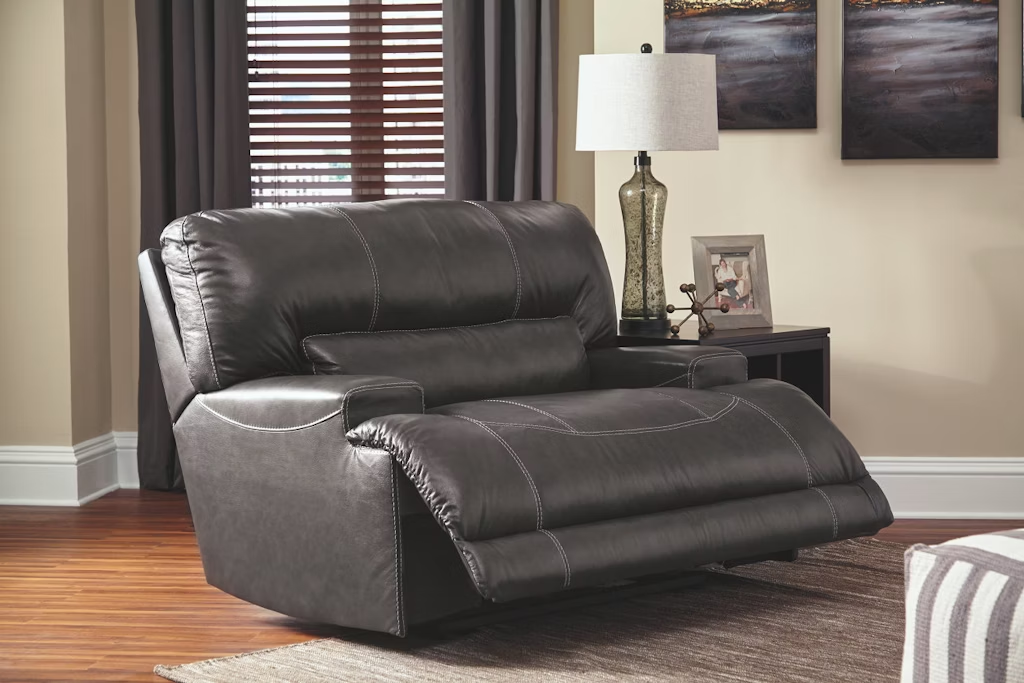
Big leather recliners with bulky arms and cupholders were once a symbol of premium comfort. Today, they often dominate rooms and feel out of sync with modern furniture. Their oversized footprint and dated silhouette turn them into eyesores. Most decorators now opt for sleek loungers or modular sofas instead.
Leather itself hasn’t gone out of style, but proportion and design matter. Too much bulk reads as “man cave” rather than “luxury home.” These recliners are being replaced by stylish, space-conscious seating. Comfort and elegance no longer need to clash.
10. Wall-to-Wall Carpeting
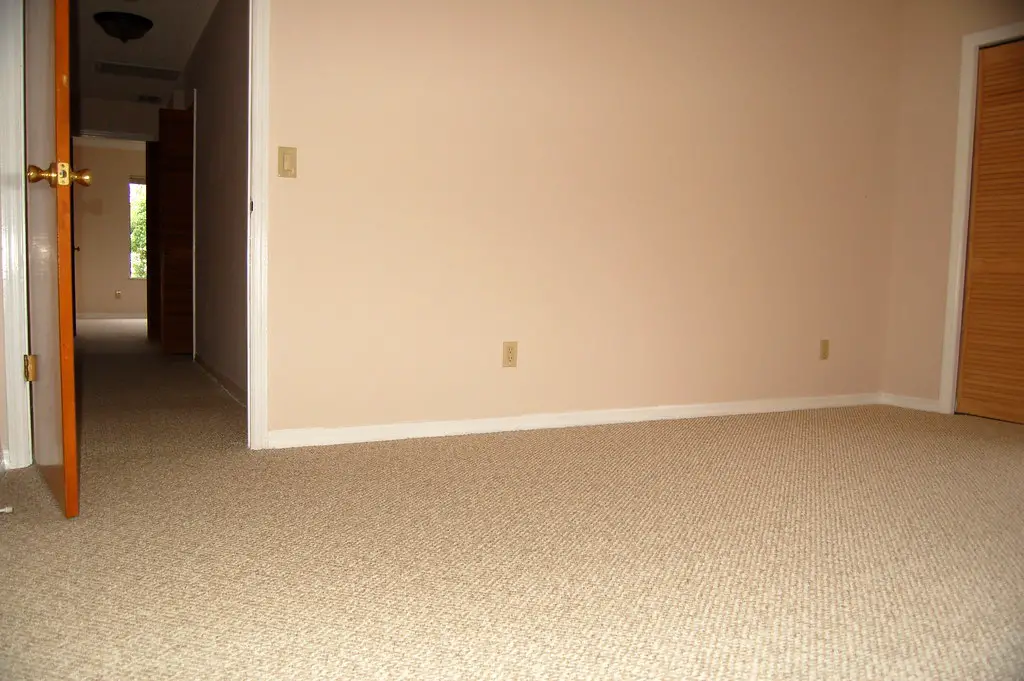
There was a time when plush wall-to-wall carpet, especially in beige or cream tones, was the height of refinement. Now, it’s seen as hard to maintain, allergen-trapping, and generally uninspired. Hardwood, luxury vinyl, and tile have taken its place in most upscale homes. Carpet is often relegated to bedrooms, if used at all.
Vacuuming can’t match the clean lines and easy maintenance of hard floors. Many homeowners rip out carpet as a first renovation move. Once a sign of affluence, it’s now more closely associated with dated rentals. Flooring preferences have evolved dramatically.
11. Floor-Length Drapes with Tassels
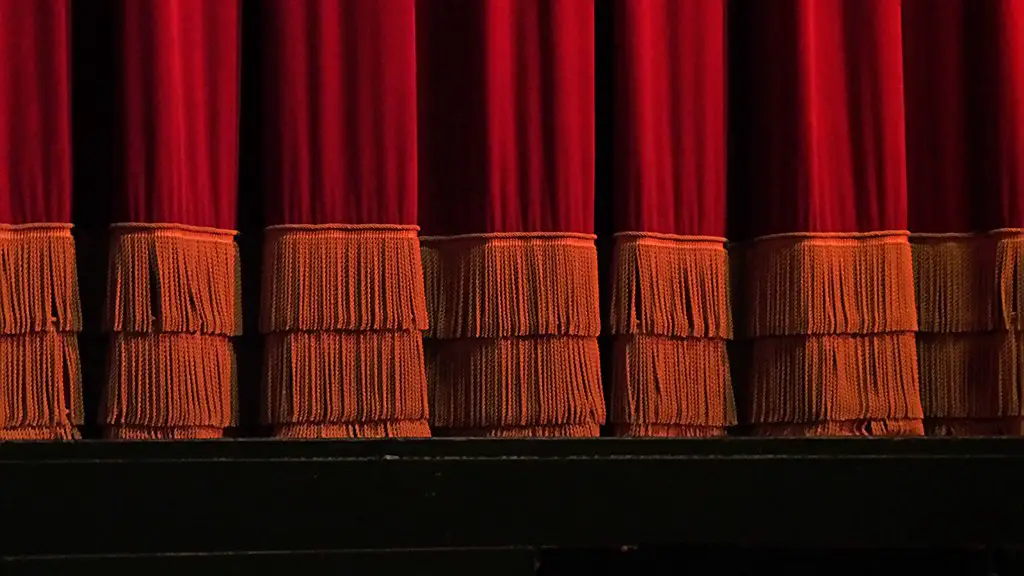
Heavy drapery with valances and tassels used to signal a well-dressed room. But now they appear theatrical, fussy, and far from fresh. Sheer panels, Roman shades, or motorized blinds have replaced these fabric-heavy treatments. The goal today is clean lines and filtered light, not formal drama.
Dust collection and high-maintenance cleaning make heavy drapes less appealing. They can overwhelm a room’s proportions and clash with minimal design. Even luxury homes opt for simplicity now. The tassel era has come and gone.
12. Faux Crystal Chandeliers
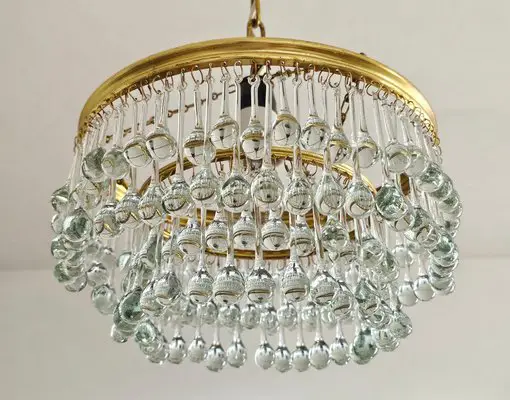
Once considered a glamorous addition to dining rooms and foyers, faux crystal chandeliers now seem more imitation than inspiration. The acrylic “crystals” often yellow over time and lose their sparkle. Sleeker pendant lights or modern chandeliers have taken their place. Faux fixtures struggle to keep up with today’s expectations.
What once felt elegant can now appear overly ornate and theatrical. They’re especially jarring in homes with updated kitchens or modern furniture. Lighting should enhance, not dominate, a space. The crystal look has dulled with time.
13. Wall Decals with Quotes
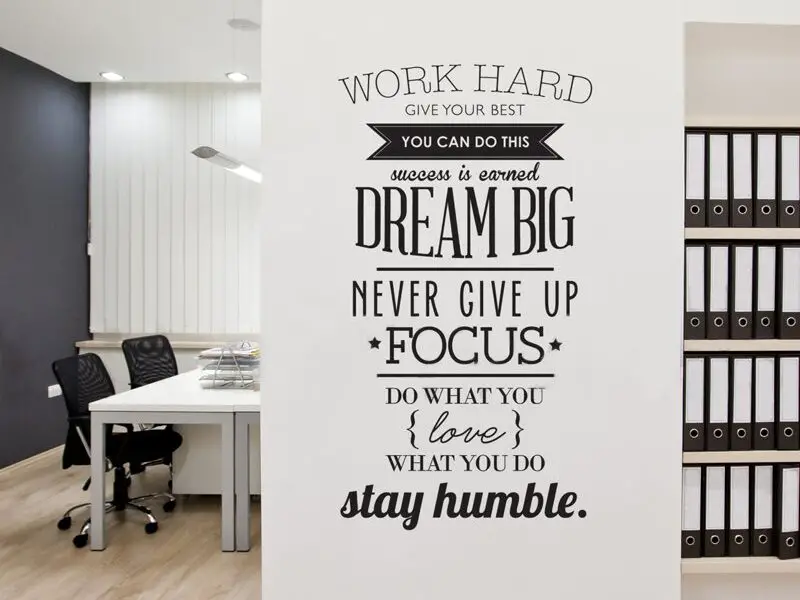
“Live, Laugh, Love” and its many variations were once staples of home décor. But the trend of vinyl wall quotes has fallen hard from favor. Today, it feels generic, overly sentimental, and a little too staged. Many homeowners now prefer art, photography, or blank space to express style.
The decals are hard to remove cleanly and age poorly over time. As design tastes have matured, these slogans feel like filler. Subtlety has replaced declarations. The era of word art has largely ended.
14. Matching Furniture Sets
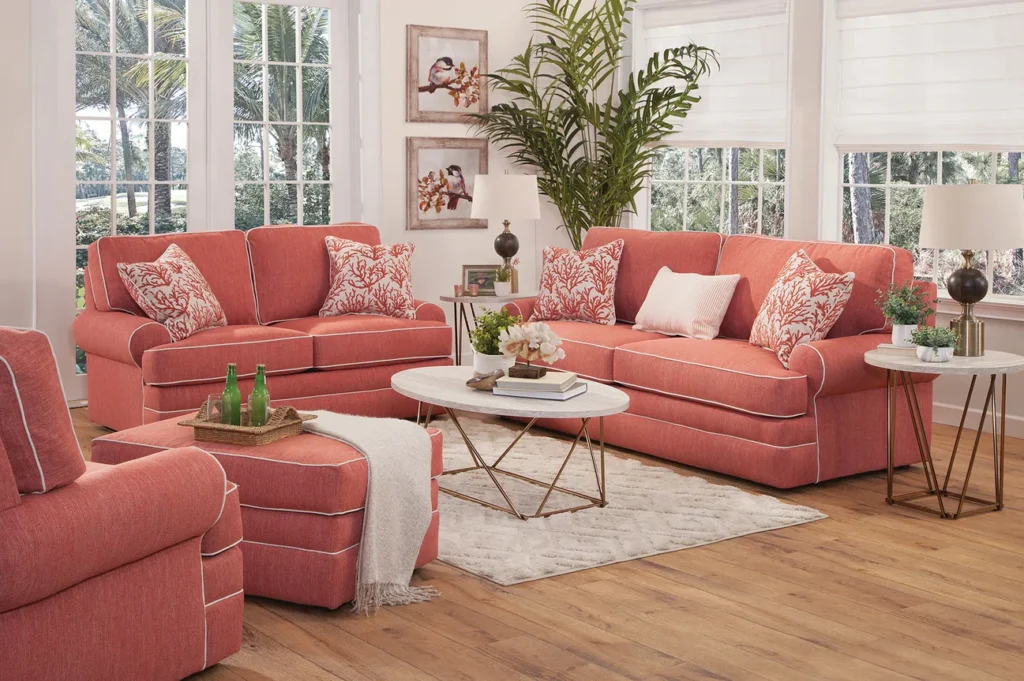
Buying a living room or bedroom set in one matching finish used to be a status move. It showed you had the money to furnish everything at once. But now, design favors a curated, collected-over-time look. Identical sets appear flat and uninspired.
Mixing materials, textures, and eras creates more visual interest. Too much uniformity feels like a showroom, not a home. Style today is about personality, not perfect coordination. Matching sets now signal convenience—not creativity.
15. Over-the-Top Kitchen Backsplashes
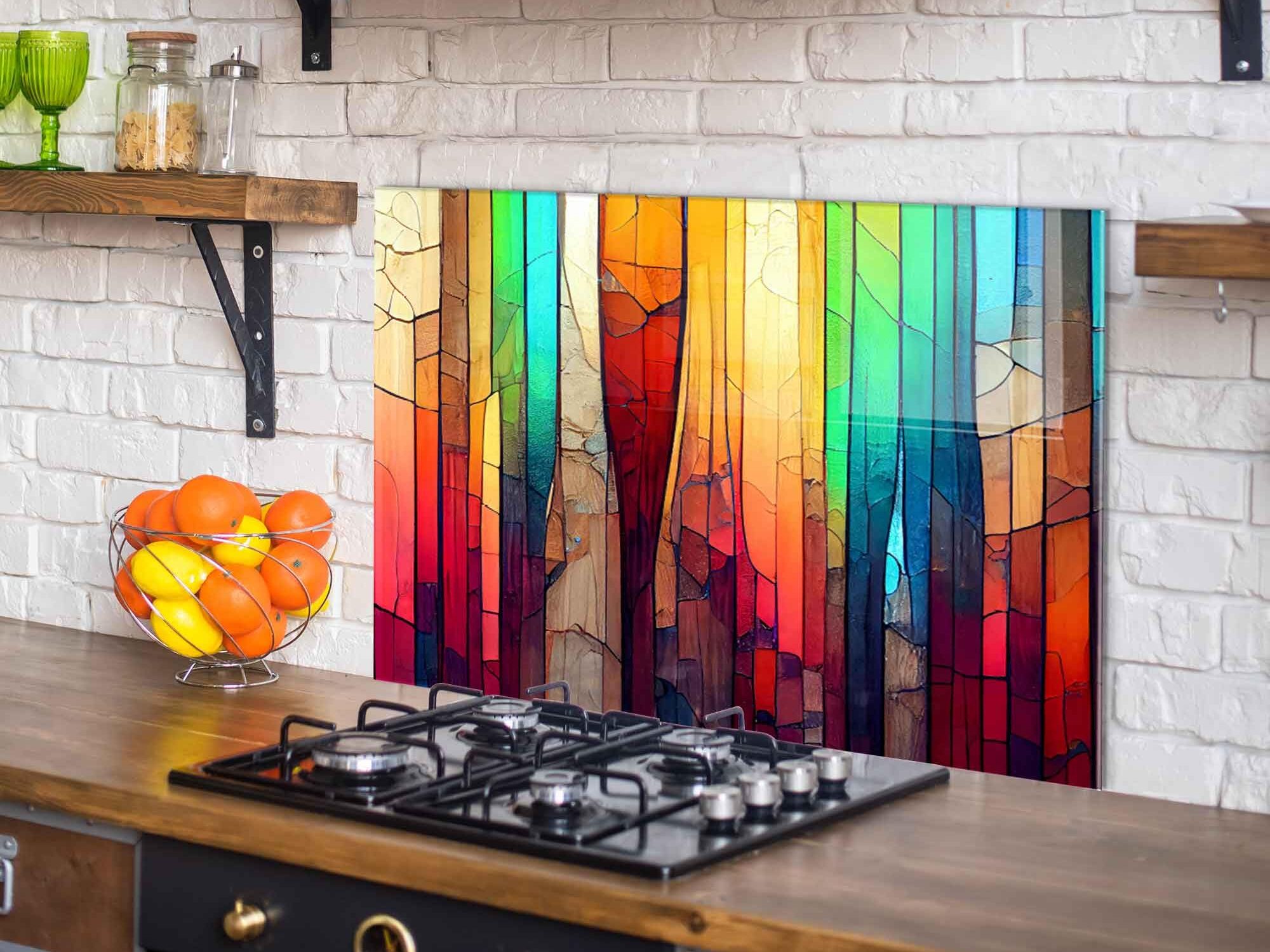
Busy mosaic tile backsplashes with bold colors or metallic accents were once seen as a stylish kitchen upgrade. Now, they tend to overwhelm rather than enhance. Many homeowners are choosing simple subway tiles or slab backsplashes for a cleaner look. The trend has shifted toward restraint and timelessness.
Flashy backsplashes can quickly date a kitchen’s appearance. They’re also harder to match with changing cabinetry and hardware styles. Subtlety in the kitchen now reflects true confidence in design. Flashy tile work just doesn’t impress like it used to.
